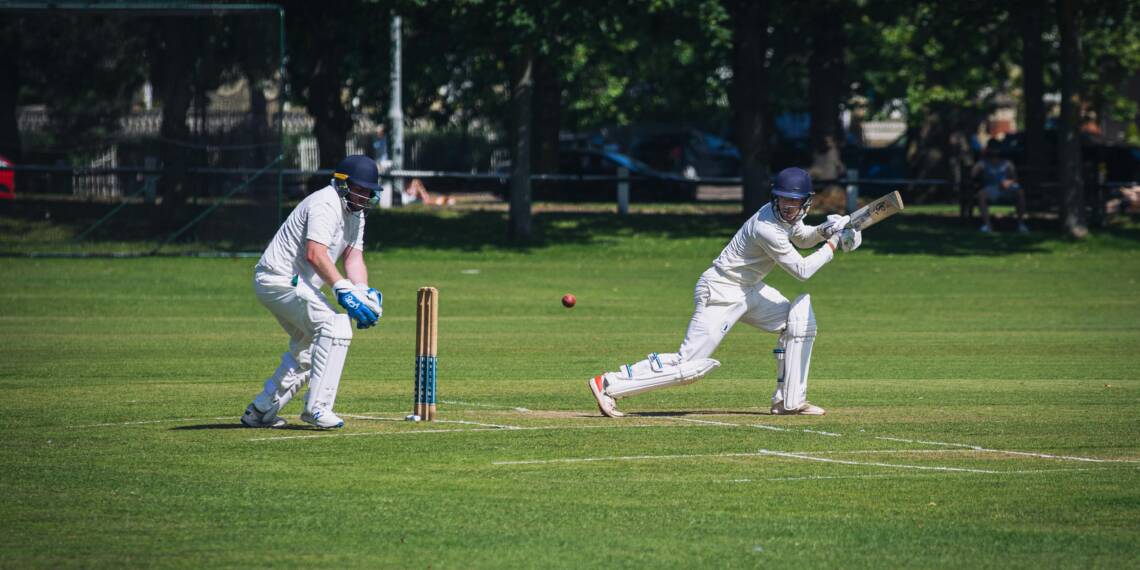The game of cricket is referred to as the gentleman’s game mainly due to its rich history filled with passion and tradition. From being an English pastime and evolving into a worldwide sensation, this sport has won over many hearts across nations. MelBet registration link will immerse you in the game and give you a chance not only to enjoy it more but also to make some money while at it if you love betting. Let’s take a look at where cricket started and how it became known all around the world.
Cricket’s History
Cricket, a game which started being played in rural England in the sixteenth century as a children’s game. It then turned into an adult pastime and gained popularity in the 17th century. The earliest recorded reference to cricket being played is from 1611. By the 18th century it became England’s national sport with regular matches and county teams.
The establishment of the Marylebone Cricket Club (MCC) in 1787 was one of the sport’s history-defining moments. It was at this time that the MCC created standardised rules for playing the sport, which were recognised universally across all regions and countries where the sport was named. So these laws made cricket not just a game but also a serious competition with well-defined regulations.

Globalisation of Cricket
Cricket’s spread from England to the rest of the world is a fascinating story about colonialism and cultural exchange. The British Empire contributed heavily towards spreading cricket within its colonies. Consequently, the game took root in different areas, being modified by each region it entered in terms of style and approach. Below are some landmarks as far as cricket’s globalisation is concerned:
- India: Mariners brought cricket to India during the 18th century, when it grew into an obsession for many people.
- Australia: The first recorded match on Australian soil occurred in 1803. This sparked off what has become one of history’s most famous sporting rivalries.
- West Indies: In the 19th century, when it came to the Caribbean islands, cricket became a force that united people across nationalities, besides being emblematic of regional pride.
- South Africa: It was introduced by English soldiers and settlers during the early 1800s, who popularised it amongst locals, leading to rapid growth among black communities too.
These developments illustrate how, from being just another game played locally within England, cricket has turned into a global sport with various continents boasting their own unique ways of playing it.
Unforgettable Games of Cricket
Throughout the history of cricket, there have been games which have defined the sport and won over the millions who love it. These matches are not just about numbers. They are about moments that last forever in the mind. Here are two such iconic matches from cricket’s past.
The Inaugural Test Match
Held in 1877 between Australia and England, the first-ever international Test match represented the formal start of international competition in cricket. Played at Melbourne Cricket Ground, this game was monumental for Test matches. Australia won by 45 runs on account of Charles Bannerman’s stunning century.
This was not merely a match but also a cultural interchange, as well as evidence of the sport’s appeal outside borders. It exhibited players’ skills and sportsmanship, thus setting the stage for fiercer rivalries among nations over the next hundred years. The importance attached to this event is still marked today as it signifies the birth of global-level competition.
The 1983 World Cup Final
The 1983 World Cup final between India and the West Indies is one of the most famous matches in cricket history. It was played at Lord’s. In this match, India, captained by Kapil Dev, met a strong West Indies team who were the defending champions. With their dominant batting line-up, the West Indies seemed to find it easy to chase India’s meagre score of 183.
But what followed was an extraordinary bowling performance led by Mohinder Amarnath and Madan Lal, which helped them pull off an incredible win. This victory did not only change the cricket landscape but also brought up a new generation of players. Often credited with starting off a cricket frenzy in India that turned it into a world powerhouse for the game. This event represents hope, determination and unpredictability in sports even now.
Evolution of the Rules
Every game has a set of regulations melbet facebook bd that evolve as time goes on so that it can remain relevant and ensure fairness among its players. The changes made in these rules have injected more life into the sport, making it quite enjoyable. Below are some of the most important developments seen in cricket laws:
- Introduction of limited overs: One-Day Internationals (ODIs) came into being in 1971, which meant that each side played only fifty overs.
- Decision Review System (DRS): In 2008, DRS was introduced to enable teams to contest an umpire’s decision by using technology for accuracy.
- T20 format: This format was brought about by T20 cricket in 2003, which changed everything about the game, making it faster and more entertaining.
- Fielding restrictions: There are certain rules such as powerplay during ODIs or T20s where only a few fielders can be placed outside the inner circle to encourage attacking batting.
These amendments have ensured that cricket remains competitive and attractive even to those who have been following it for years or are just starting now.

Cultural Influence of Cricket
Cricket is not merely a game, but rather an international obsession that has touched the lives of people all over the world. Australia and England are among the countries where the sport is rooted in national consciousness, while India stands as another example; this sport has become so important there it’s sometimes called a “religion”. It unites individuals from different classes, races or regions who might never otherwise meet each other.
West Indies is one such nation which was brought together by their love of the game. The team represents pride and identity at the regional level, while in Britain, this game symbolises tradition because they have played it for a long time, reflecting rich histories embedded within UK culture. For instance, even now, people say things like “That’s just not cricket” when something seems unfair, which shows how widely understood these phrases are – not only across borders but also between languages!
Final Words
What started out as a local pastime has now become popular around the globe, demonstrating that its appeal knows no bounds or limits on the time frame. It continues changing along with the world, thus adopting various rules and formats to keep captivating viewers everywhere. The cultural influence of cricket is deep-rooted; it brings us together while shaping our identities. Therefore, we can confidently expect more inspiring moments from this beautiful game because, in future, we will witness many instances when cricket will reflect the pure human spirit at its best.








